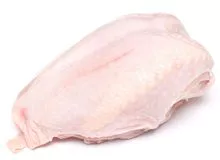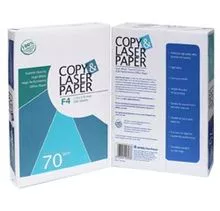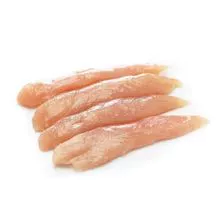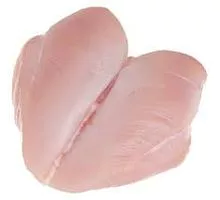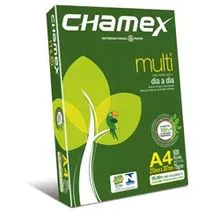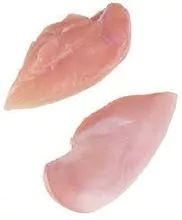Description
Rice protein is a vegetarianprotein that, for some, is more easily digestible than whey protein. Brown rice can be treated with enzymes that will cause carbohydrates to separate from Proteins. The resulting protein powder is then sometimes flavored or added to smoothies or health shakes.
Rice protein has a more distinct taste than most other forms of protein powder. Like whey hydrosylate, this flavor is not effectively masked by most flavorings; however, the taste of rice protein is usually considered to be less unpleasant than the bitter taste of whey hydrosylate. This unique rice protein flavor may even be preferred to artificial flavorings by consumers of rice protein.
Rice protein is commonly mixed with pea protein powder. Rice protein is high in the sulfur-containing amino acids, cysteine and methionine, but low in lysine. Pea protein, on the other hand, is low in cysteine and methionine but high in lysine. Thus, the combination of rice and pea protein offer a superior amino acid profile that is comparable to dairy or egg proteins, but without the potential for allergies or intestinal issues that some users have with those proteins. Moreover, the light, fluffy texture of pea protein tends to smooth out the strong, chalky flavor of rice protein.
Rice protein is a vegetarian protein that, for some, is more easily digestible than whey protein. Brown rice can be treated with enzymes that will cause carbohydrates to separate from Proteins. The resulting protein powder is then sometimes flavored or added to smoothies or health shakes.
Rice protein has a more distinct taste than most other forms of protein powder. Like whey hydrosylate, this flavor is not effectively masked by most flavorings; however, the taste of rice protein is usually considered to be less unpleasant than the bitter taste of whey hydrosylate. This unique rice protein flavor may even be preferred to artificial flavorings by consumers of rice protein.
Rice protein is commonly mixed with pea protein powder. Rice protein is high in the sulfur-containing amino acids, cysteine and methionine, but low in lysine. Pea protein, on the other hand, is low in cysteine and methionine but high in lysine. Thus, the combination of rice and pea protein offer a superior amino acid profile that is comparable to dairy or egg proteins, but without the potential for allergies or intestinal issues that some users have with those proteins. Moreover, the light, fluffy texture of pea protein tends to smooth out the strong, chalky flavor of rice protein.
- Rice Protein
- Rice
- Protein
Production Capacity:
100
Delivery Timeframe:
Immediate
Incoterms:
Not informedPackaging Details:
Not informed
More about
EMCA UNIVERSAL FMCG SL.
50-100
Employees
1M - 2M
Sales volume (USD)
80%
% Export sales
Year
Established
Business type
- Importer / Trading Company
- Representative / Agent
- Distributor / Wholesaler
- Business Service
- Retailer
Keywords
- Baby Milk
- Rice
- Sugar
- Body Lotions
- Toothpaste
- Toothbrush
- A4 paper
- Frozen Chicken
- Sunflower Oil
- Avocado Ver Mais
Contact and location
-
B ********
-
+34 6********
-
Madrid / San Blas-Canillejas | Spain










